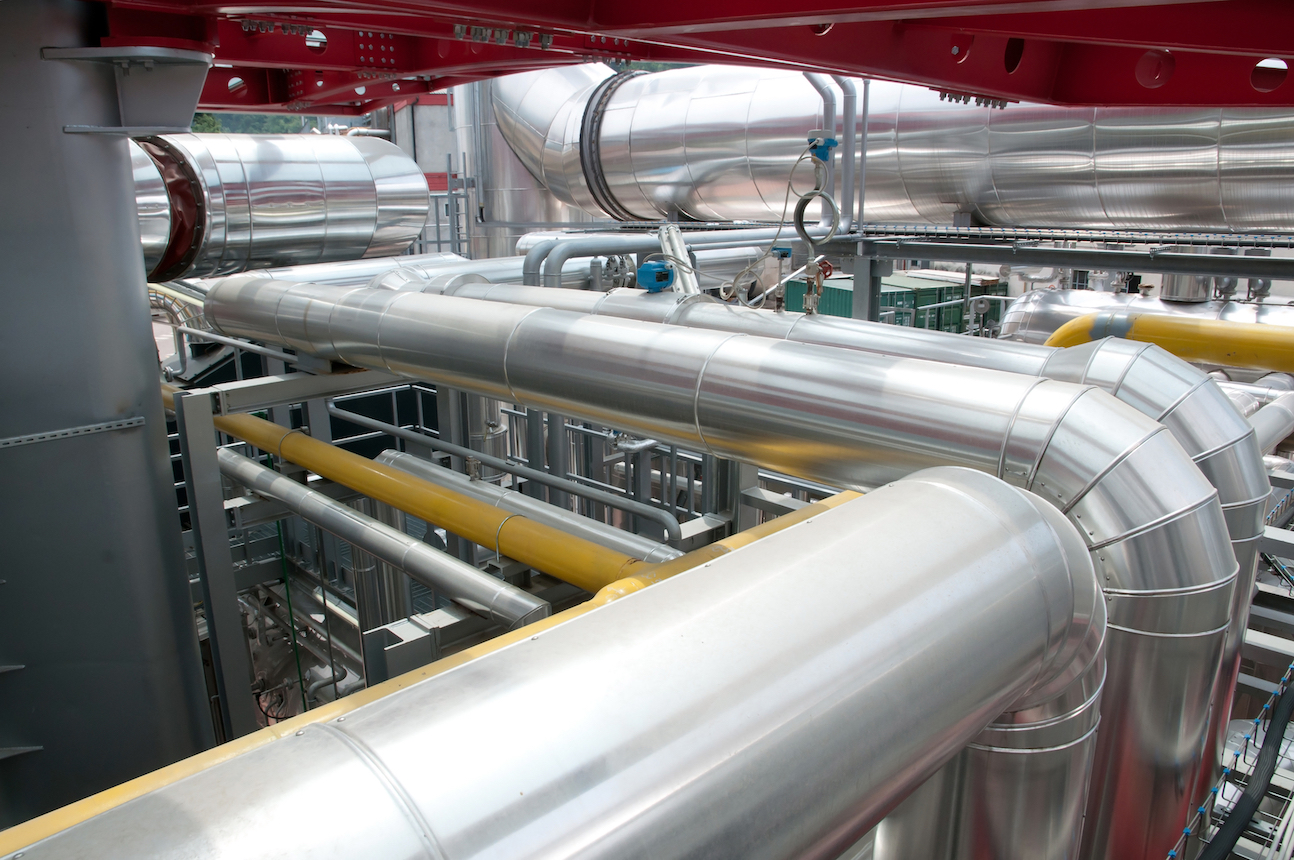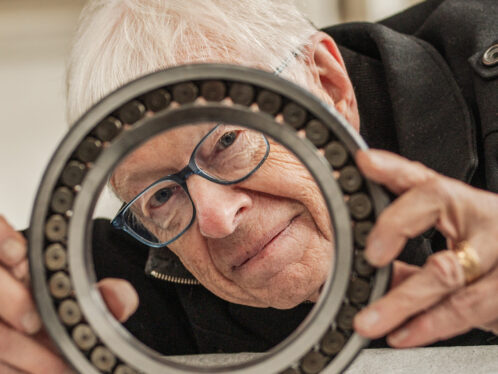
The economics of waste
Corporate environmental awareness, theorists argue, is not only good for the environment, but it benefits the bottom line as well.World attitudes to every element of the corporate-industrial production chain are changing, and not any too soon, according to Amory Lovins, author, environmental consultant, sustainable development champion and front-line advocate of what he calls “natural capitalism.”
Lovins and other environmentalists agree that to address declining ecosystems, we must stop plundering our natural resources and re-shape our perceptions of the industrial waste that now we so casually discard.
To do so will require a shift in perspective, for dealing with waste is not about the environment, it is about economics. Martin Baxter, operational manager at the Institute of Environmental Management and Assessment (IEMA) in England, says: “Companies on average spend 4 percent of turnover on waste disposal. But actual total costs associated with waste are much higher, because for each pound spent on disposal of waste, a company has already spent another nine pounds in its production.” Companies, continues Baxter, have to realise that they manufacture waste. Lovins has another name for it; he calls it “unusable production.”
Total recycling
In Finland, the Stora Enso Group’s Corenso United Oy Ltd complex has developed what it says is the world’s first total waste-recycling process. Factories in the complex work together to mill timber, to pulp wood and to produce paper. Waste products, instead of going to landfill, are recycled throughout; timber milling and pulp-processing residues are burned, providing energy for machinery and heat for the paper plant, which itself sources two-thirds of all raw materials from recycled waste. In 2000, Stora Enso recycled 2 million tonnes of waste paper – or 80,000 truckloads.
“Making more with less material is a winning concept,” says Päivi Sihvola, Stora Enso’s vice president for environmental communications. “This allows us to reduce environmental impact and save money at the same time.”
Closed loop
One of the keys to sustainable development is the “closed loop,” which exhausts no natural resources and generates no toxins or waste. Pie in the sky? Not so, says Ray Anderson, CEO of Interface Inc, a global carpet manufacturer and supplier of carpet tiles.
The carpet industry’s primary raw material is petroleum, and a large part of its output ends up choking the world’s landfill sites. But since 1994, Anderson has initiated changes that are altering the face of his industry.
Interface’s “Evergreen Lease” system means companies no longer purchase office floor coverings; instead they lease them for a monthly fee. Interface is responsible for maintenance and replacement of worn sections and, ultimately, disposal of the carpet when it is discarded.
This last factor is pre-empted by a decade of European Union attempts to force manufacturers and sellers to provide product-recycling services. The EU strategies, if adopted, would pressure businesses to make their initial products more “green” to bring down the costs associated with eventually recycling the products.
Interface’s new business model has paid off handsomely. Employment losses from the initial 80 percent drop in carpet sales were offset by new jobs in installation and maintenance. In only four years, combined with relentless companywide waste-elimination programmes, Interface more than doubled its revenue, more than trebled its operating profit and nearly doubled its workforce. Waste elimination has saved the company 180 million euros since 1994 – funds re-invested in the ongoing business transformation.
Stage two of the company’s quest to achieve a closed-loop production cycle saw the introduction of Solenium, a climate-neutral, non-toxic, chlorine-free floor covering and now only one of a range of such Interface products. Solenium requires 35 percent fewer raw materials than conventional carpets do, lasts four times as long and is 100 percent recyclable. If the company sells enough recyclable Solenium, in future Interface will have a closed loop that is 97 percent more efficient than the old business model, and its links to the oil well and the landfill will be cut forever. The effect on competitiveness would be remarkable. As Lovins says: “Re-structure your business that completely, and it is hard to imagine how a conventional business can compete with you.”
Hypercars
Another revolutionary American product-in-waiting is the Hypercar – the automobile of the future, which is currently at the working-prototype stage. A from-the-ground-up design incorporates advanced lightweight composite materials shaped to give the car one-third less drag. Powered by hydrogen fuel cells, it should carry six people in comfort and safety and burn fuel at a miserly 3.5 litres per 100 kilometres with an operating range of 1,000 kilometres.
Hypercar Inc is situated in Basalt, Colorado, not far from the Rocky Mountain Institute, founded and headed by Amory Lovins – who is also the chairman of Hypercar. “Cars such as this will be widely available in five years, dominant in 10 years, and the old car industry will be toast in 20 years,” Lovins predicts. Even the conservative German transport ministry foresees hydrogen-powered vehicles commanding 10 percent of the market by 2010.
Hypercar’s vice president, Michael Brylawski, points out additional bonuses inherent in the eco-friendly design platform: “The technologies that make the vehicle energy-efficient can have other financial benefits, such as enhanced durability. Also, advanced composite materials don’t rust or dent and should have a much longer lifetime than metallic structures, and hybrid-electric drive systems have fewer moving parts and put less wear on the power plant.”
None of which amounts to a hill of beans if the car won’t get off the sales floor. Brylawski again: “The key is that environmentally friendly technologies must improve the bottom line. Otherwise, they will not succeed in the marketplace and, ultimately, won’t be present in significant enough numbers to positively impact the environment.” Reduced development costs and lower break-even production levels will also work in the Hypercar’s favour.
Eco-friendly cider
The Hypercar remains a few years shy of production, but one company in the UK with environmentally friendly aspirations is already a success – and has been for more than a century. Bulmers is one of the world’s largest manufacturers of alcoholic cider, with annual turnover around 550 million euro and factories in seven countries. Today, it is undergoing an ambitious shake-up to reduce its environmental impact.
Plans cover all aspects of production, but again, a prime area of focus is waste. “We are looking to recognise waste as an unused asset,” says Richard Heathcote, sustainability manager. The company consumes one quarter of the UK’s entire apple crop, and apple pruning, formerly burned, may soon be used to grow mushrooms, providing a fresh income stream from what was once a totally unrecognised asset.
“It is not going to represent a large increase in turnover,” says Heathcote, “But it will decrease waste and lower costs. We see this as an innovative way of protecting our margins.”
Bulmers management hopes to see waste agendas pushed to the fore in the coming two or three years. One attraction of an eco-friendly corporate stance: enhanced corporate and brand reputations.
IEMA’s Baxter sees brand protection as an intangible force, pushing environmental awareness to the forefront of management agendas. “Protection of a recognised brand is essential to the financial well-being of a company,” he says, adding that bad PR can cause “brand devaluation” and can cause investors to make future investments contingent on the company’s environmental stance. Already a forward-thinking environmental policy can represent the difference between investment or no investment by ever-more selective fund managers.
Ron McMillan
a technology journalist based in Scotland
photos Tony Stone and Hypercar Center




